The Great Playground Heist: How We Stole Childhood Play
The Disappearance of Play in Youth Sports
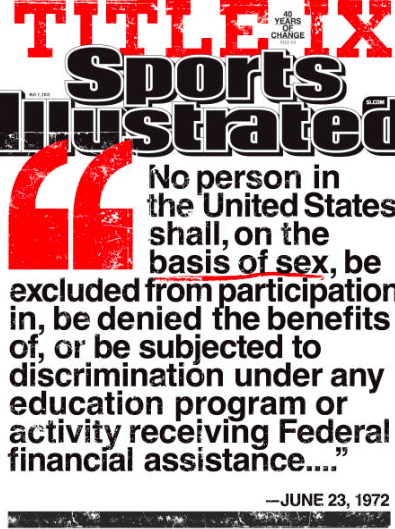
Youth Sports. Youth sports didn’t start to garner much attention till the early 1960s. Since then, there have been concerns about whether high competition and high-pressure elements of youth sports benefit adolescents. Despite the concerns, youth sports have grown tremendously over the last 60 years, and we have seen great progress. In 1972, Title 9 passed, allowing the participation of women in sports, and in 1981, the first women’s collegiate teams were crowned (NCAA) National Champions. These milestones created an absolute BOOM in youth sports attendance. With athletics on the rise and full-ride collegiate scholarships on the line in the 80s and 90s, youth athletics grew into a mighty money-making machine fueled by the dream of children worldwide to become the next rising stars.
Today, youth sports have become one of the biggest markets in the world. “The global youth sports market is projected to grow from 37.5 billion dollars in 2022 to 69.4 billion dollars by 2030.”1 (MarketsResearch). With more pressure than ever to start specializing their kids early so they don’t fall behind, parents are trying anything they can to see their kids succeed, even if it means a second job. My question has become, what has been the cost of it all? For years, youth sports have been taking large amounts of money and slowly taking away kids’ time to go out and simply play.
The Glory Days of Play
What happened to the word “PLAY”? Do kids go out and just play for pure fun anymore? Or have youth sports completely eliminated “unstructured play” from their routines? I don’t like to sound old by saying, “When I was a kid,” but I’m going to do it. When I was a kid, the only word I ever liked hearing out of my parent’s mouth was “PLAY.” It was never “CHORES.” It wasn’t “HOMEWORK”. It wasn’t even “PRACTICE.” It was PLAYYYYY!
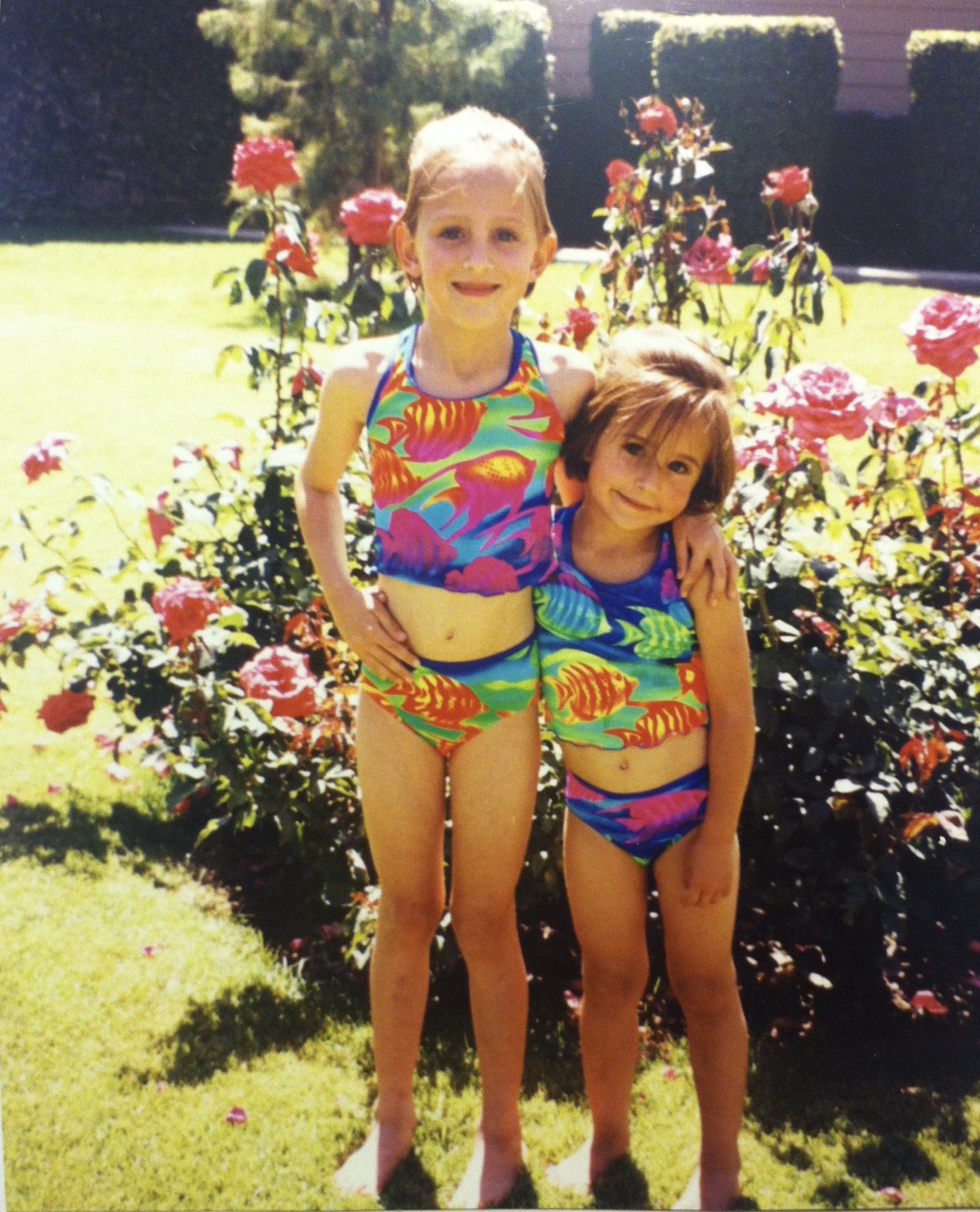
Every day when I got home from middle school, I would quickly get my 30 minutes of homework done and ask my parents, “Can I go outside and play?” Hearing them say “YES” brought music to my ears, and hearing them say “No” was a blow to my heart I never thought I’d recover from. When I ran outside, I couldn’t tell you what I had planned or if anyone wanted to play with me, but I knew I would figure it out on the fly! The driveway, street, front yard and back yard were my world, and the games were endless. I remember playing with my dad and neighbors in the front yard for hours until sunset. The games varied from fun rounds of tetherball to intense games of tag on our roller blades, where squares were boiling with hot lava that we’d have to swerve around and avoid!! Or we’d get creative and build forts, make slip n slides, climb trees and jump into piles of leaves, or my favorite, placing a big cardboard box on my skateboard and sitting inside it while we’d barrel down the street. PLAY was the name of the game. It was a time to have fun with friends. A time to create. And a time to imagine and dream the craziest dreams.
The Rise of the Preadolescent Professionals
As a kid, whether at recess, lunchtime, or club volleyball, playing was always at the forefront of my mind! For me, club volleyball was a branch off the tree trunk I called PLAY. I remember club volleyball running from January to June, with about two to three practices a week and local regional tournaments a couple of times a month. If you made the travel squad, you’d go to a maximum of two tournaments out of state in hopes of earning a bid to Nationals at the end of the season!
I loved going to club practice because it was always a fun time. I enjoyed working hard and seeing my progress. My main goal was to have fun, not to succeed, but this led to me to working hard and eventually achieving some success. Today, youth sports look quite different. The rigorous schedules demand more of a child’s time than ever before. There is pressure from all sides: pressure on parents to specialize their kids early in fear of being left behind and pressure on kids to succeed right away.
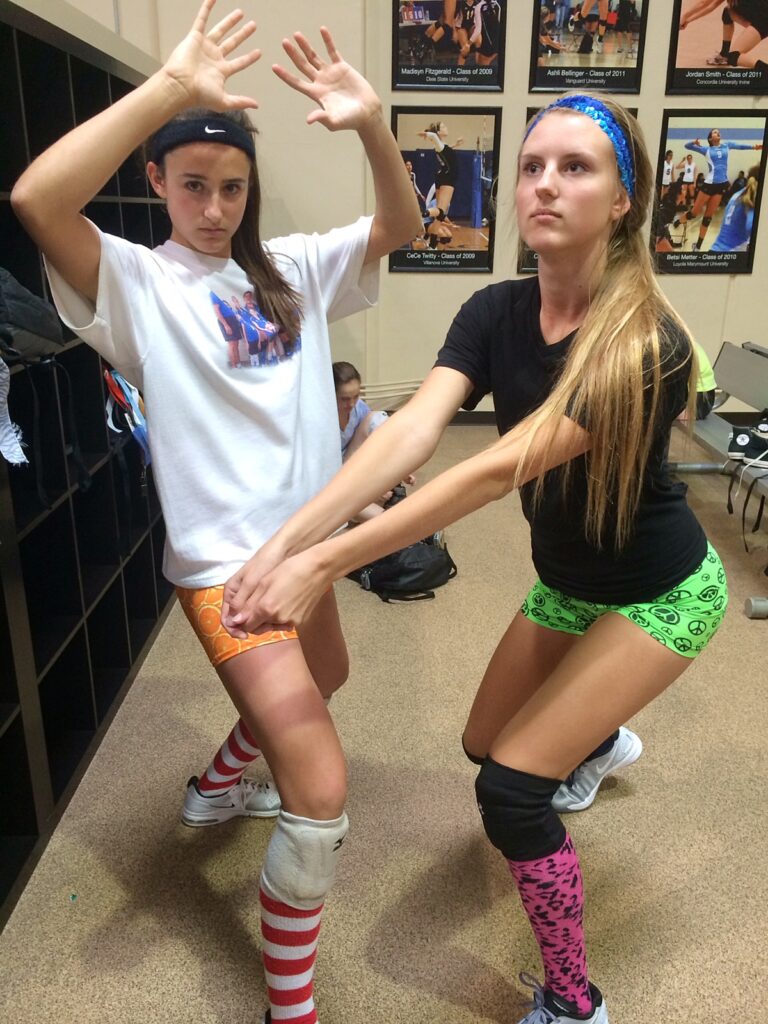

Youth sports have become a place of training what I like to call “preadolescent professionals.” These young athletes are often subjected to strict and demanding 9-5 schedules, sometimes even 9-9 schedules. They are expected to lift weights multiple times a week, do plyometrics to increase their vertical jump, and even sign up for a sports psychologist and more private lessons. Injuries from overtraining are too common, which means they also have to schedule PT appointments. On top of all this, they are still expected to attend school, do homework, eat, sleep, and make time for friends. I’m not sure how they make time to go to the bathroom.
Dr. Joel Brenner writes of the severity of the situation: “The professionalization of youth sports is widely considered responsible for the high volumes of training and the pressure to specialize in a single sport that may lead to overuse injury, overtraining, and burnout in youth athletes. In addition, the pressure to succeed at a young age, as well as the perception that this is the most efficacious route to future athletic success, further leads to high volumes of training and loss of enjoyment in sport, both of which can contribute to widespread burnout and attrition among youth athletes.2”
Today’s kids in sports have the pressure to play club or school ball year around. And they aren’t just signing up for three practices a week with some occasional regional tournaments /qualifiers.
According to an article earlier this year from USA Today, About 70% of kids drop out of organized sports by the age of 13. Looking at the list of demands above, I’m not surprised. (Moffatt) isn’t surprised either, writing, “For a lot of kids, it comes down to the fact that sports become less fun and more about the concept of what success is from more of an adult’s eyes than a child’s eyes.3” It seems to me that we are teaching kids that sports are essentially for success; we want them to succeed right off the bat in their early adolescent years, and if they don’t, “Well, why play it?” But is success what we should encourage kids as a means to an end for Sport? Or should we be encouraging them in general to JUST PLAY?
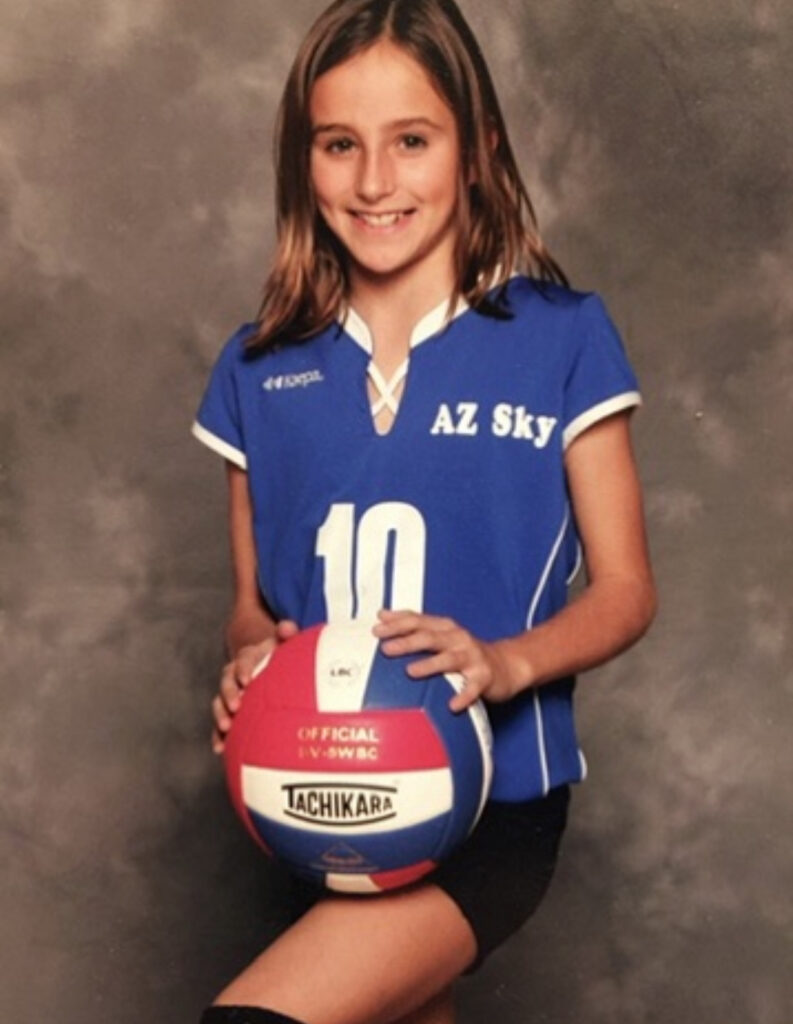
The Importance of Unstructured Play
There are so many benefits to “unstructured play” that no amount of training, private lessons, lifting, or psychology sessions can ever bring a kid. Unstructured play gave me freedom as a kid. Freedom to create games, come up with rules and settle disputes about the rules with friends. It gave me the freedom to imagine and dream the biggest dreams. (Some of which have come true) It gave me the freedom to challenge myself… by myself. It gave me the freedom to fail over and over again and taught me how to problem solve without someone telling me the answers. Whenever I played basketball or soccer in the front yard, I always faced challenges and failures and had to analyze the problem before solving it. I would ask myself questions like, “How can I make this shot go in?” or “Why is it missing to the left?” I also challenged myself by setting goals like juggling the ball ten or twenty times or making five free throws in a row or my favorite learning to spin a ball on my finger…that was a lot of trial and error! hahah
Unstructured Play (Playing outside) has been shown to positively impact a child’s life in many ways, from physical development, social skills, creativity, and intelligence. It not only encourages kids to live a healthy lifestyle but also enhances their emotional development, allowing them to challenge themselves and eventually bring them confidence and independence. “Engaging in outdoor play introduces children to new situations and encourages them to take positive risks and try new things at their own pace.4” (Children’s Museum) Being outside a structured state, such as club practice or private lessons, allows kids to be by themselves or have friends around, which can give them the freedom to try new things, fail, and have the courage to try again and see themselves succeed. Many might think play is pointless and mindless or that kids should be doing something better with their time. But “Unstructured Play” gave me the time to have FUN while I learned these important life lessons and skills, which I’ve been able to take with me throughout my life.
Finding Balance
Youth sports will not be going away any time soon. It’s hard to believe, but like USA Today stated, it will be a 65 billion dollar market by 2030, a short six years away. It must be so enticing to schedule out and sign up our kids to try to control and ensure their success in sports. But we shouldn’t encourage our kids to play sports JUST to succeed. I believe allowing time for “Unstructured PLAY” is vitally important in a child’s life and it is fading away before our eyes. It can be the golden ticket for kids to see sports/games with the freedom to PLAY in a way the structure of youth sports/activities will never give them.
Call To Action
When was the last time you went outside to just play? To shoot hoops or play the ol’ “Throw n Catch” with a friend or your kid?
- https://marketsnresearch.com/report/1652/global-youth-sports-market ↩︎
- https://publications.aap.org/pediatrics/article/153/2/e2023065129/196435/Overuse-Injuries-Overtraining-and-Burnout-in-Young?autologincheck=redirected ↩︎
- https://www.usatoday.com/story/sports/2024/01/22/70-of-kids-drop-out-of-youth-sports-by-13-new-aap-study-reveals-why/72310189007/ ↩︎
- https://www.cmosc.org/benefits-of-outdoor-play-in-early-childhood-development/ ↩︎
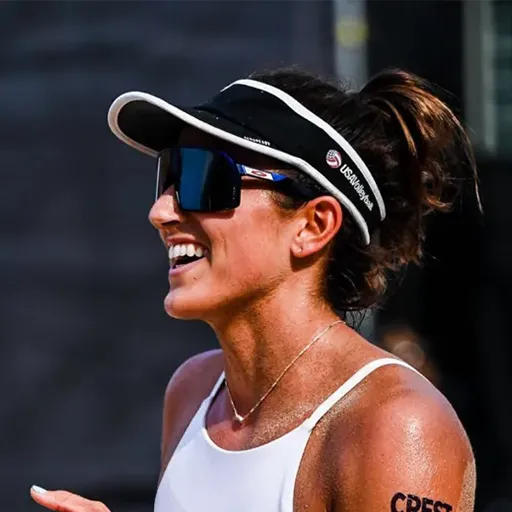
Sarah Sponcil is a prominent figure in the world of professional volleyball, known for her exceptional skills, work ethic and achievements on the court. Born on August 16, 1996, in Phoenix, Arizona, Sponcil began her volleyball journey at the age of three and has been showcasing her immense talent and dedication to the sport ever since.
Garnering three high school state championships in Arizona, and two NCAA national championships at UCLA, Sponcil’s career reached new heights when she represented the United States at the 2020 Olympic Games. At 24 years of age, Sponcil became the second youngest beach volleyball player to ever represent Team USA in the Olympic Games and, together with her partner Kelly Claes, were the youngest beach volleyball team to ever represent Team USA in the Olympic Games.
Following her Olympic success, Sponcil has continued to excel as a professional volleyball athlete, earning numerous accolades and recognition for her prowess as both an indoor and beach volleyball player. Her versatility, athleticism, and relentless determination has solidified her reputation as one of the top players in the sport and make her a force to be reckoned with on any volleyball court.
Off the court, Sponcil is known for her humility, work ethic, and commitment to her faith, family, and desire to inspire the next generation of athletes. She serves as a role model for aspiring volleyball players worldwide, demonstrating that with passion, perseverance and dedication, anything is possible in the world of sports.
Search Posts
Categories
Latest Releases
Beyond Skill: What does leadership mean to you?
Championship Team: Lessons from Faith & Sports
I’ll Be Home For Christmas
Search Posts
Categories
Latest Releases



